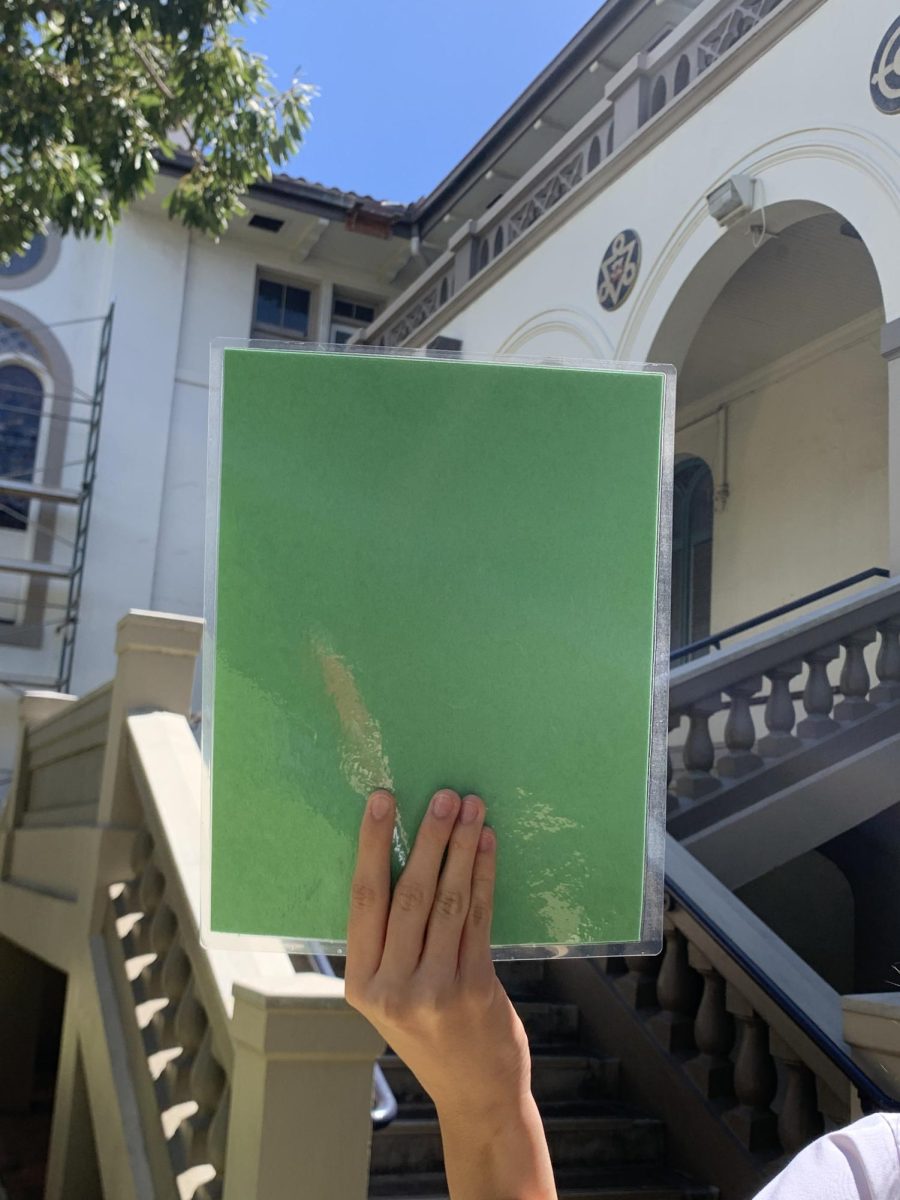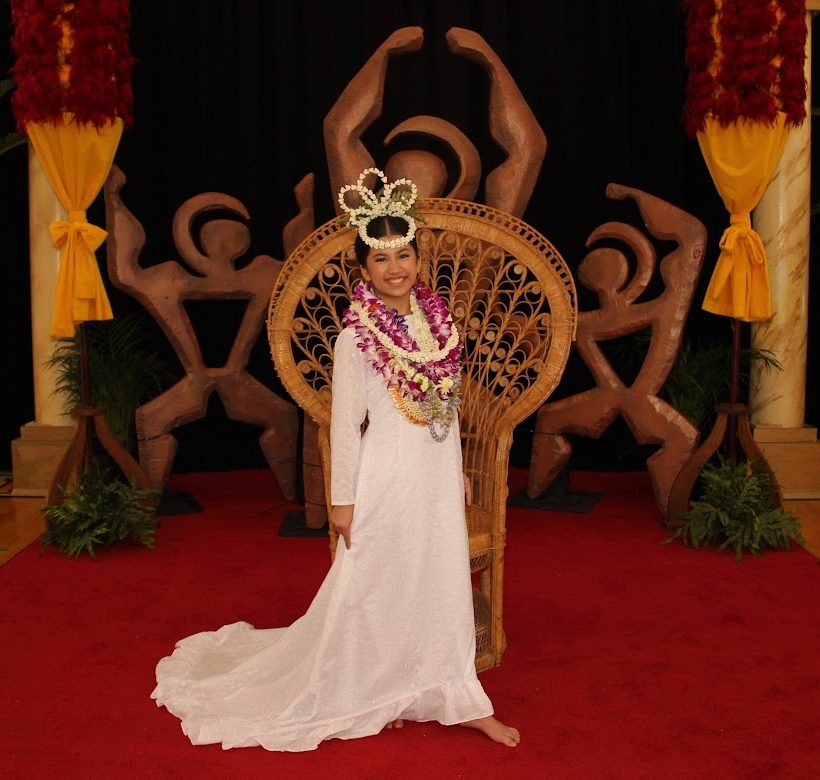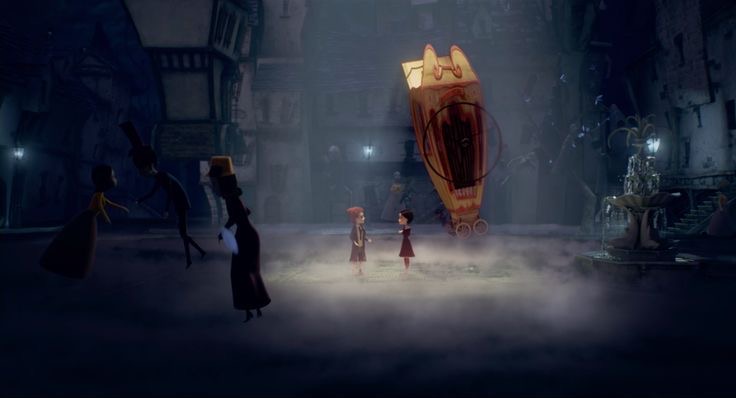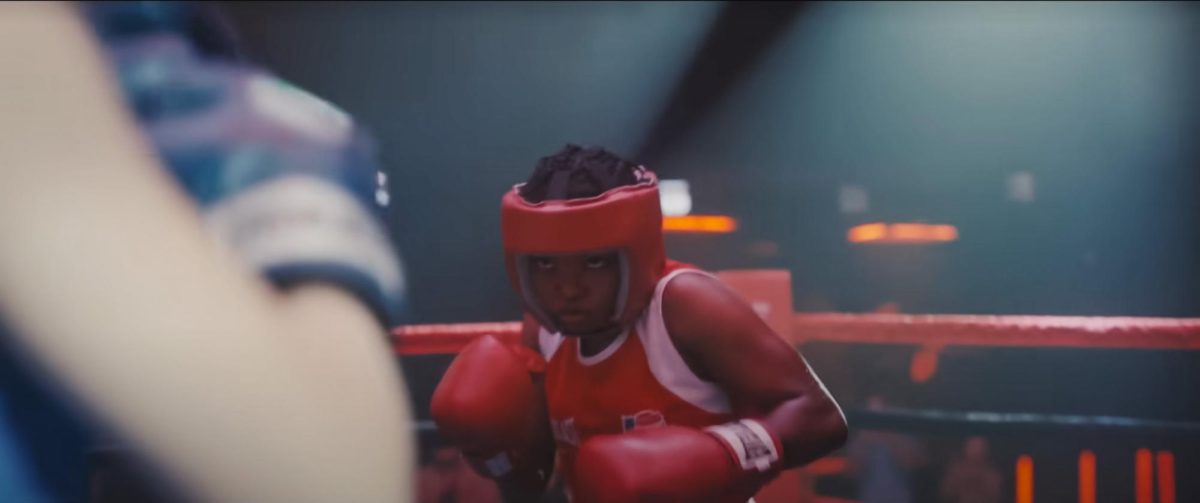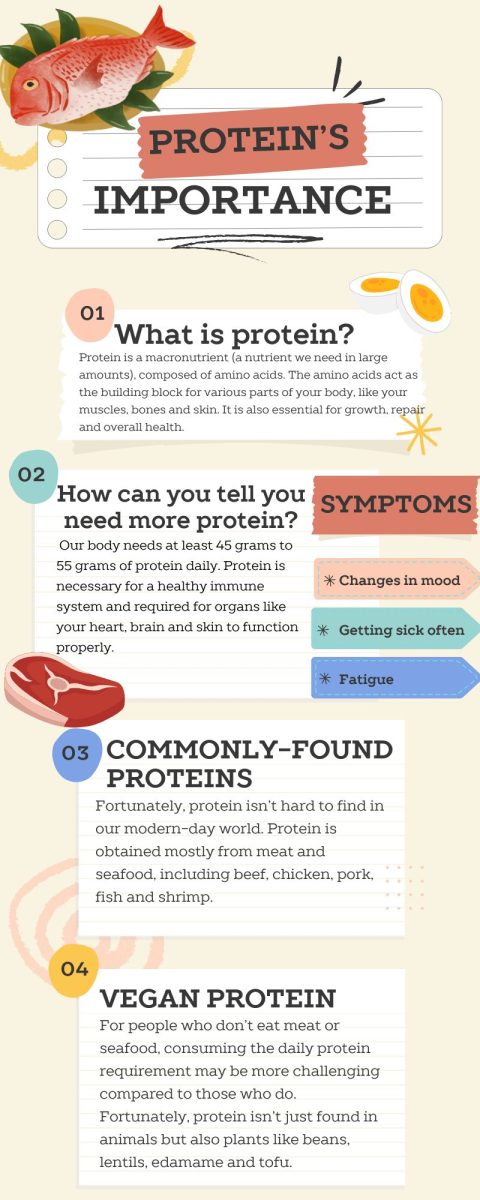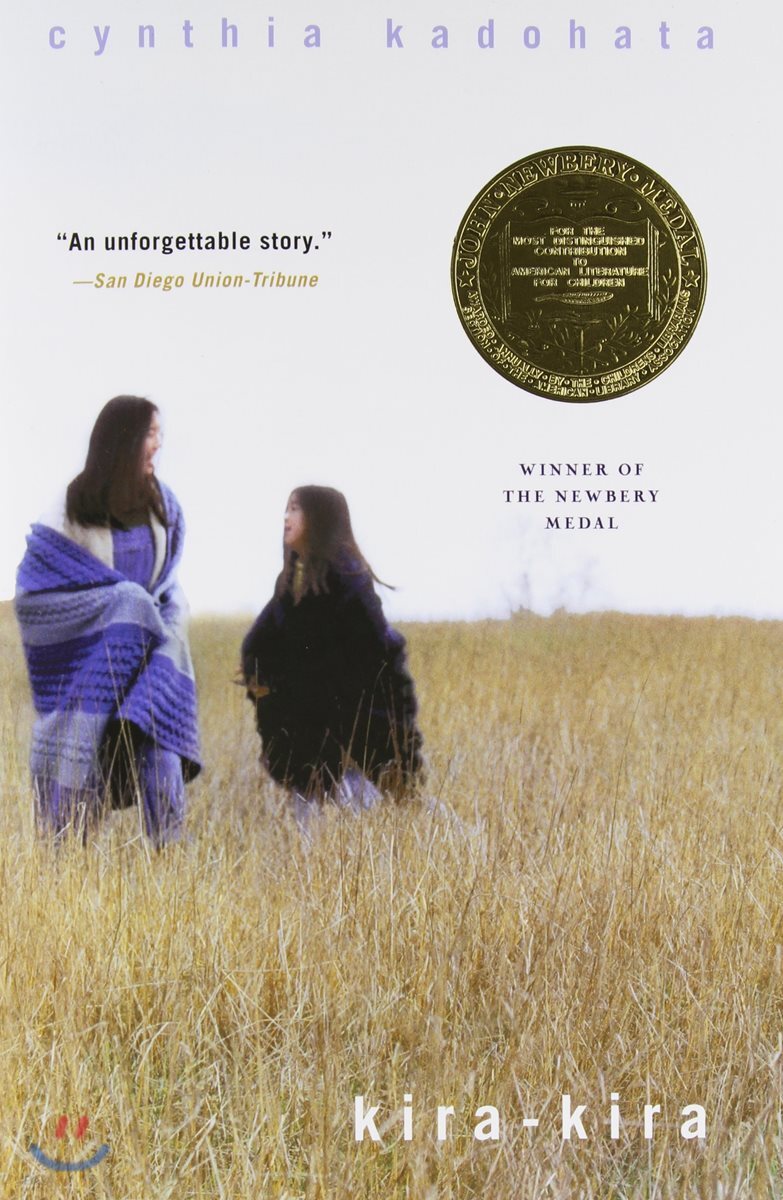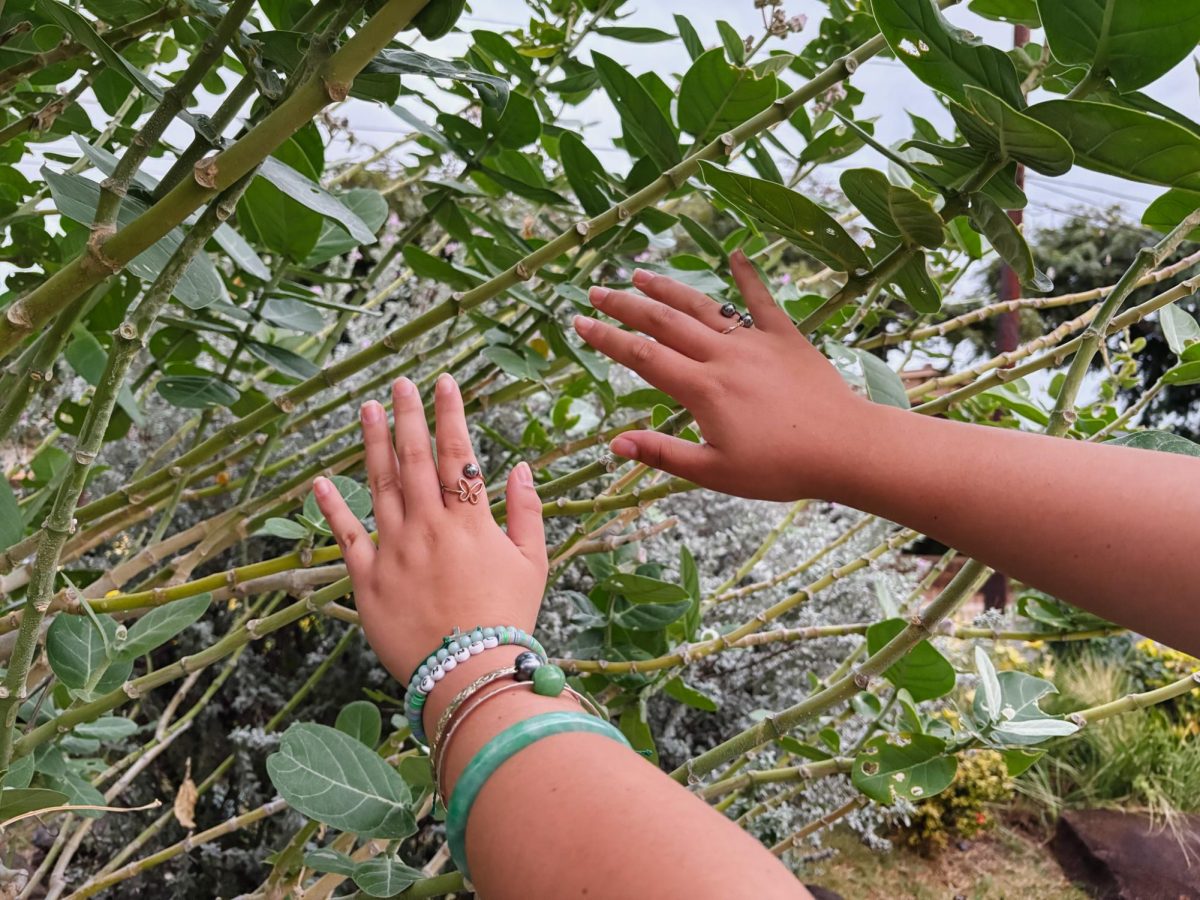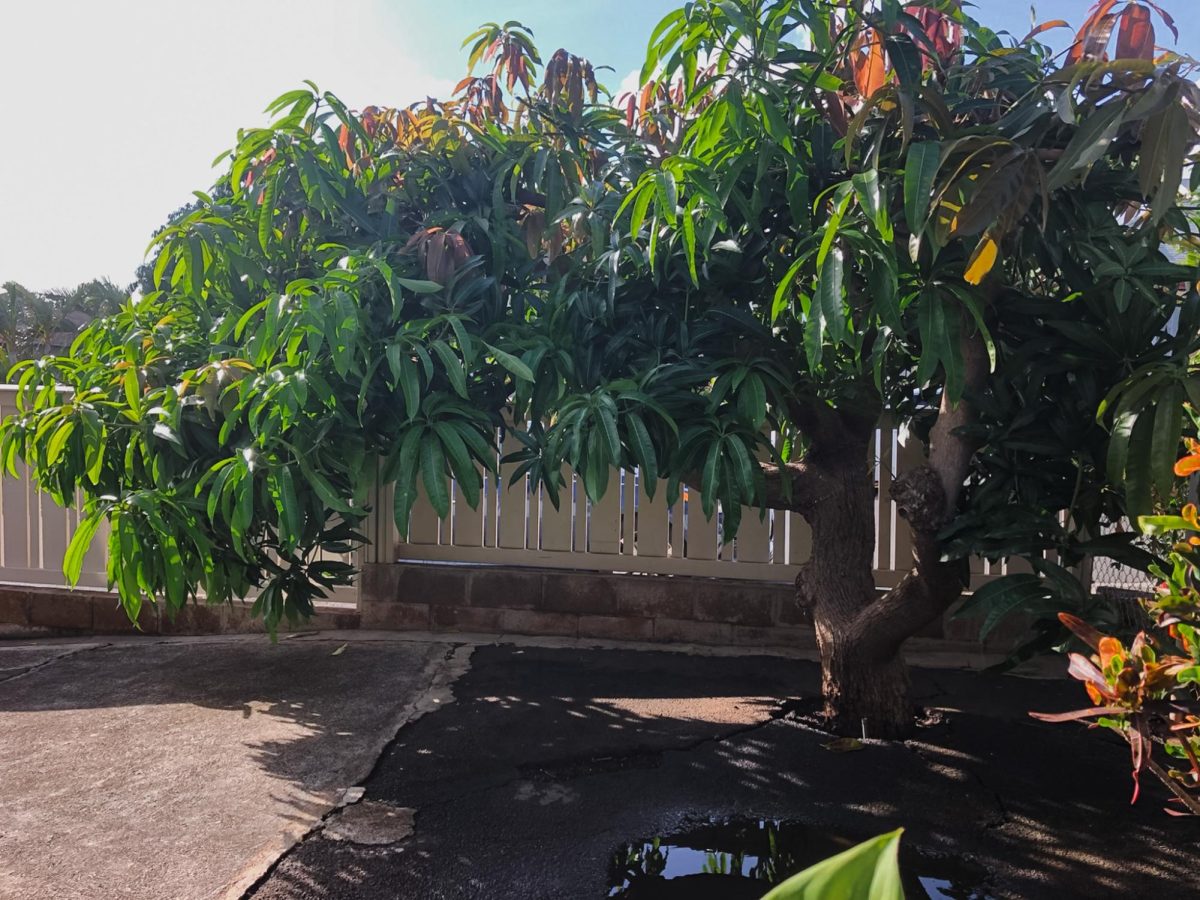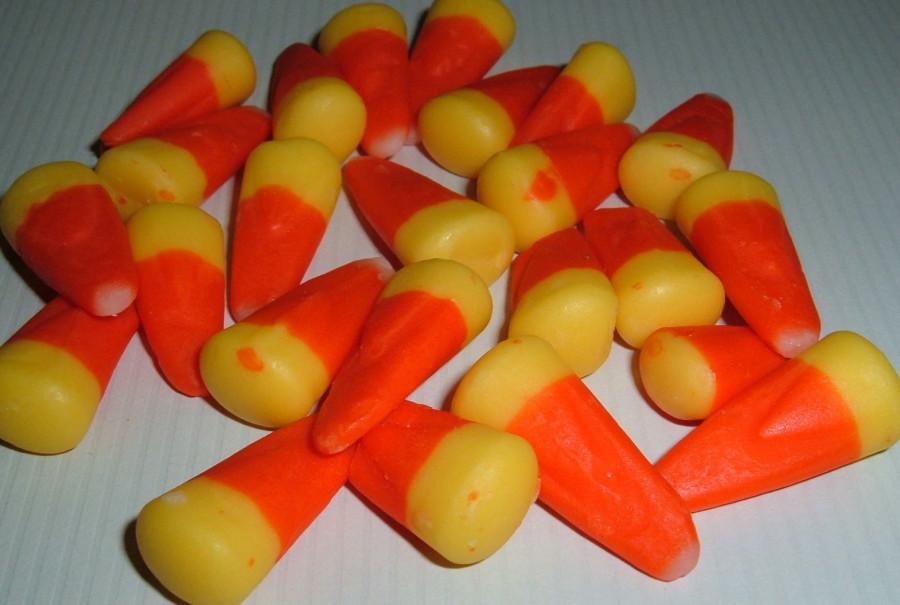Sweet history of candy corn and licorice
October 30, 2015
Sweets, chocolate and caramel apples are just some of the many candies that fill the empty bags of eager trick-or-treaters every year. Among these cavity-inducing confectionaries, the colors orange, white, yellow and black stand out.
As if rising from the dead, the “hit-or miss” treats candy corn and licorice make their annual appearance on shelves to sweeten up one’s Halloween experience.
Loved for its honey-like taste, candy corn is a unique Halloween icon.
Candy corn was first created by George Renninger, a candy maker who worked at the Wunderlee Candy Company in the 1880s. The invention of this triangular shaped candy was seen as revolutionary because of its tri-colored layers.
Candy corn was first created by hand in small batches. A fun fact about candy corn is that when the Goelitz Confectionery Company first sold candy corn, it was labeled “Chicken Feed.”
Candy corn is made from a mixture of sugar and corn syrup. This mix is turned into liquid candy. At this stage, orange and yellow coloring are added. To give candy corn its shape, the liquid candy is run through a cornstarch molding process. Trays with candy corn molds are dusted with cornstarch and filled with the liquid candy. Once the candy cools, the kernels are run through large dum pans with edible wax and glaze to give the candy its shine.
Licorice has also made a name for itself in the Halloween candy game.
As classic as the candy’s twisted shape is in modern times, licorice was not always enjoyed as candy.
The licorice candy found in many Halloween goodie bags is made from the extracts of the licorice root. The licorice root, also known as Glycyrrhiza glabra, has been used for thousands of years in both food and medicine. According to the University of Maryland Medical Center, licorice can be used to alleviate sore throats, asthma and cough, eczema, canker sores and other medical ailments.
Ancient Egyptians enjoyed drinking licorice. A notable historical figure, Napoleon Bonaparte, was said to have chewed on licorice root during battle to soothe his nerves.
Licorice candy is made using a licorice paste that is heated up and cooked until it becomes a thin film. This film is semi-solid and is extruded from a tube that expels the licorice onto a conveyor belt. When the candy is placed onto the belt, endless strands of licorice are created. As the candy moves down the belt and cools, it is cut into pieces. After the candy is coated with a glaze to keep the individual pieces from sticking together, the licorice is packaged.
Halloween choices often feature a bag of candy corn and licorice. Though not everyone likes these confectionaries, candy corn and licorice have certainly made an impression on Halloween culture and people’s taste buds.




